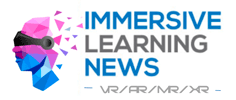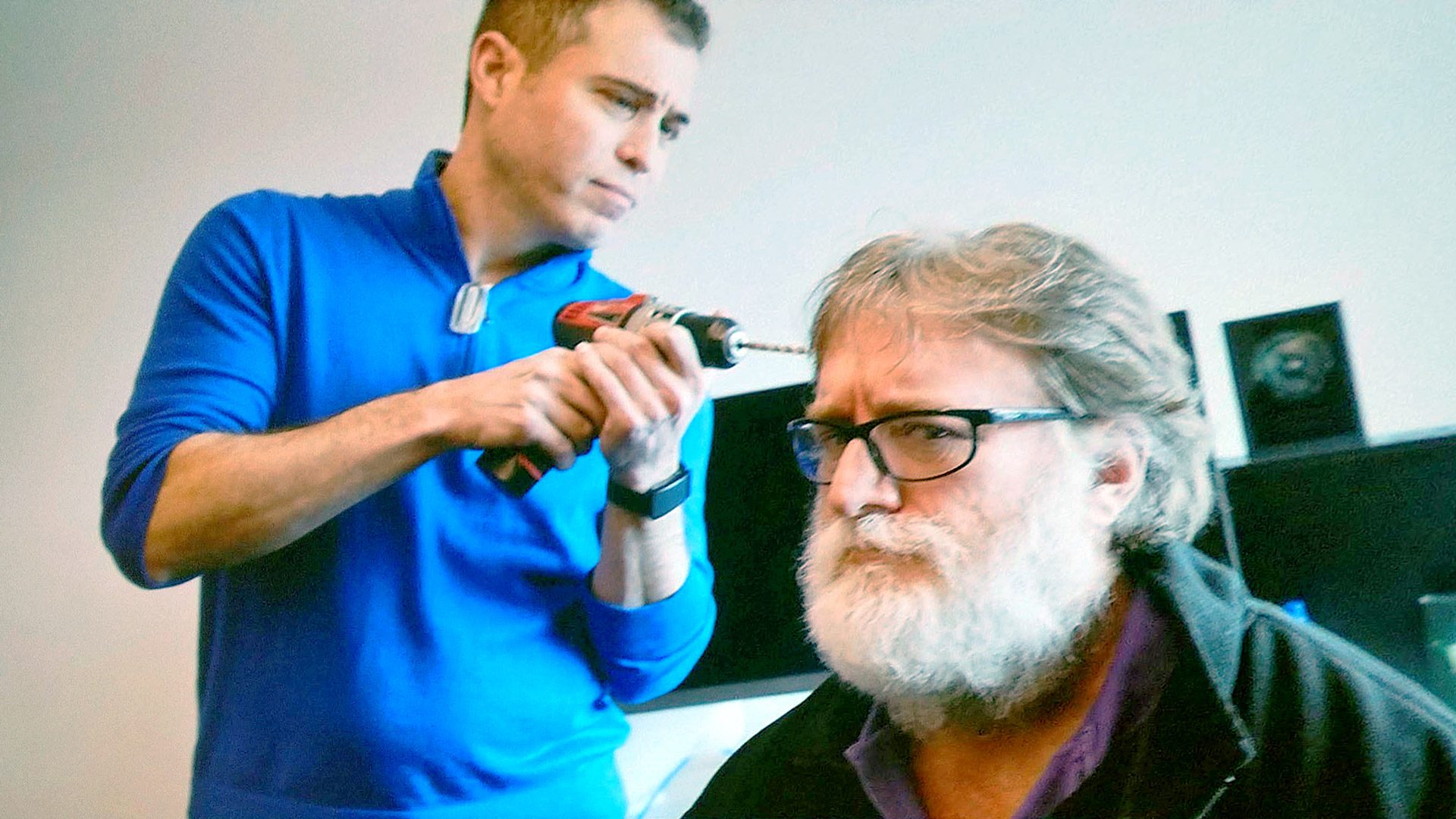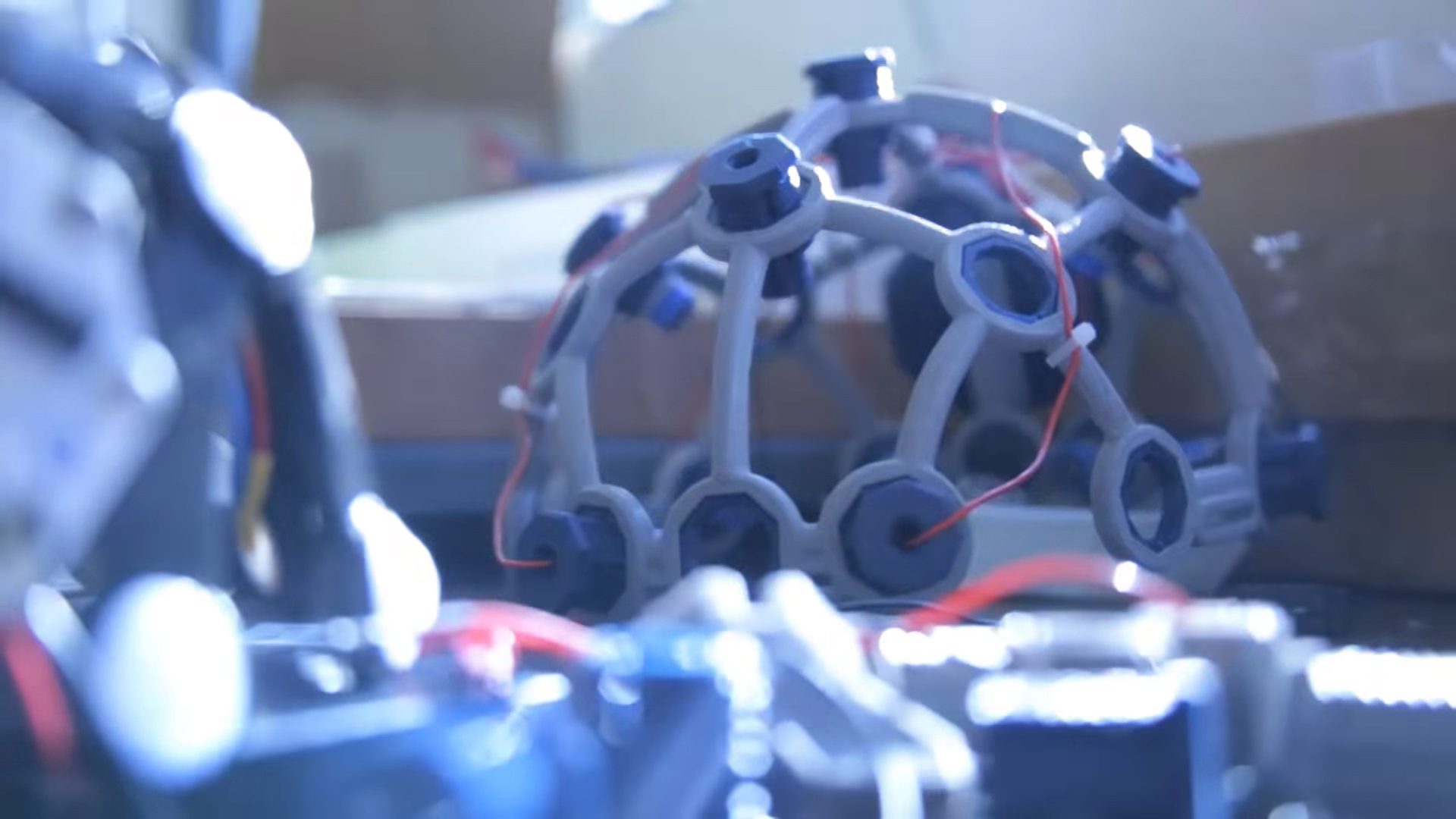Roswell Park-led study takes a significant step toward relief without opioids
BUFFALO, N.Y. — A clinical research study led by Roswell Park Comprehensive Cancer Center has identified a way to objectively measure pain in cancer patients and treat it effectively without opioids. Published in Scientific Reports, the study advances the goal of better managing cancer pain using a non-invasive brain imaging technology and a non-drug treatment that incorporates virtual reality (VR).
The project was led by principal investigator Somayeh Besharat Shafiei, PhD, Assistant Professor of Oncology in Roswell Park’s Department of Urology, and co-investigator Oscar de Leon-Casasola, MD, Chief of Pain Medicine at Roswell Park, and included team members from Roswell Park and the University of Guelph in Ontario. They propose and assess a new strategy combining brain imaging with the use of functional near-infrared spectroscopy (fNIRS) — a way to gauge the severity of pain using a head cap fitted with optical sensors — and the use of virtual reality to provide pain relief.
All participants wore fNIRS head caps to record brain activity by measuring changes in blood oxygenation and deoxygenation. This made it possible for the researchers to identify brain-based biomarkers that distinguish between three levels of pain: no/mild, moderate and severe. Some participants also used VR headsets equipped with software that allowed them to explore realistic underwater scenes. The researchers believe VR may influence a person’s perception of pain by modulating pain-related neural circuits in the regions of the brain.
The study enrolled 147 participants, including:
- 13 healthy patients, who wore fNIRS head caps for 10 minutes
- 93 cancer patients experiencing pain, who wore fNIRS head caps for 10 minutes
- 41 cancer patients experiencing pain, who wore fNIRS head caps and VR headsets for a total of 29 minutes —10 minutes before VR, nine minutes during VR and 10 minutes after VR
Of the pain-afflicted cancer patients who used the VR program, more than 75% self-reported a decrease in pain — indicating a noticeable improvement well beyond the clinically relevant threshold of 30%. Results of the brain imaging suggest that VR has an effect on both the cognitive and emotional aspects of pain.
“This study signals a new era in precision medicine where neuroimaging and digital therapeutics revolutionize pain assessment and treatment,” says Dr. Besharat Shafiei, first author of the study, who notes that an estimated 60-80% of cancer pain is not properly managed. “This combination therapy could reshape clinical pain management protocols, reduce reliance on opioids, and improve the quality of life for millions of cancer patients worldwide.”
Quelle:









